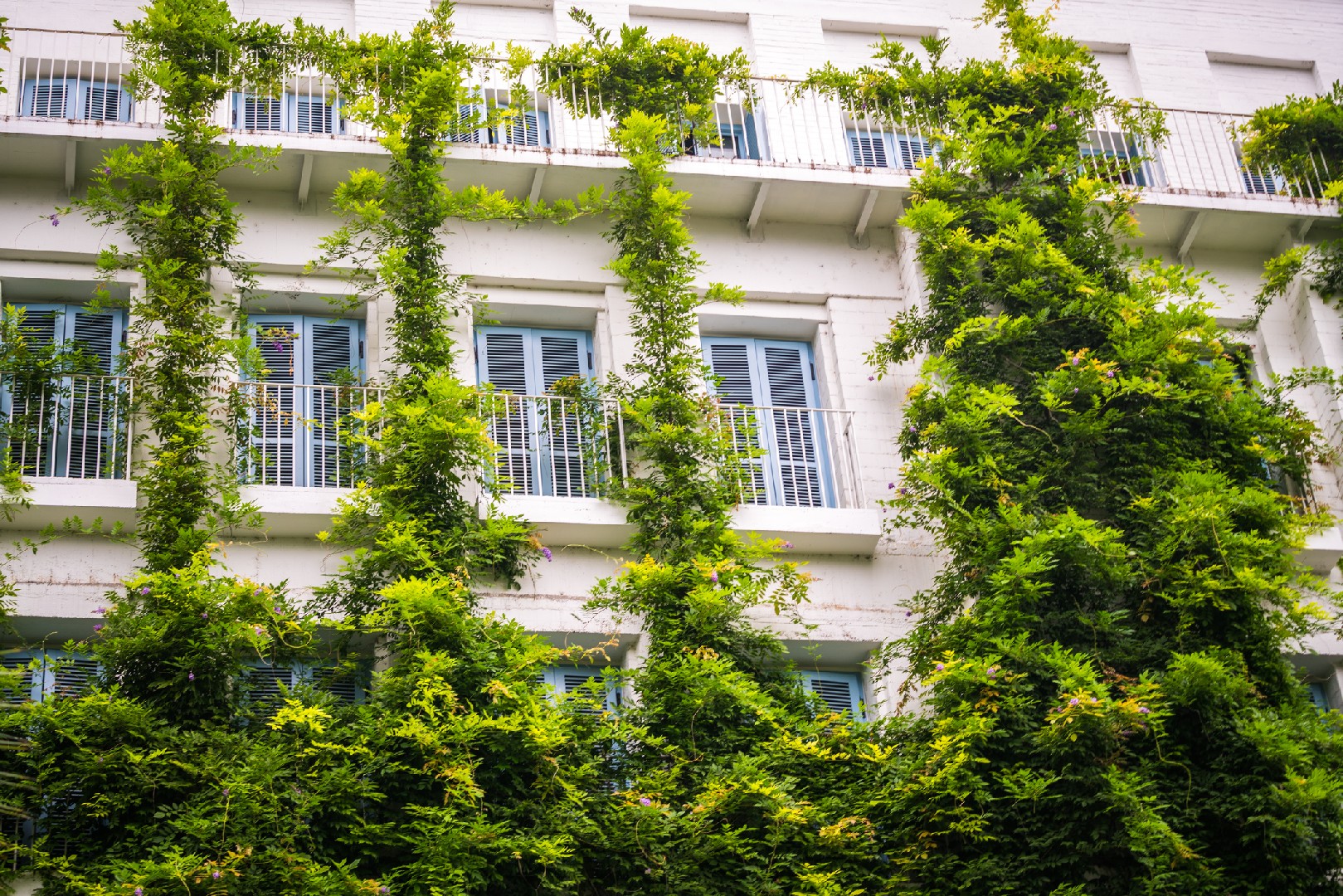![Rectangle]()
Harmony in Design: Coordinating Elements for Cohesion
Harmony is an essential design principle when it comes to enhancing the aesthetics of your urban garden. It guides the combination of plant types, colors, and sizes to create a cohesive and visually pleasing space. By understanding how to achieve harmony in your garden, you can transform it into a tranquil oasis that brings joy and serenity to your urban surroundings.
One of the key aspects of creating harmony is balancing the different elements in your garden. This includes the selection of plants, the arrangement of garden furniture, and the overall layout of the space. When choosing plant types, consider those that complement each other in terms of growth habit, foliage texture, and bloom period.
Color coordination is another vital aspect of achieving harmony in your garden design. Choose a color scheme that aligns with your desired aesthetic. For example, a monochromatic color scheme using varying shades of green creates a sense of unity and calmness. On the other hand, a complementary color scheme, such as purple and yellow, adds vibrancy and visual interest.
Repetition and rhythm are also powerful tools in creating harmony in a garden. By repeating specific elements throughout the space, such as the use of a particular plant or a specific garden feature, you can establish a sense of unity and cohesiveness. This repetition can be further emphasized by incorporating rhythm, which is the perception of movement or progression. This can be achieved through the strategic placement of plants or hardscape elements that guide the flow of the space.
Now, let's look at a case study showcasing the steps to create harmony within a small urban garden. Sarah, a passionate gardener, had a limited space of just 100 square feet, but she wanted to transform it into a peaceful retreat. She began by selecting a color palette of cool blues and purples to create a calming atmosphere. She chose plants with similar growth habits and heights to ensure a balanced and visually pleasing composition.
To establish repetition and rhythm, Sarah strategically placed a series of potted plants along the edge of her garden, creating a visual line that drew the eye and added a sense of movement. She also incorporated repetitive elements, such as a pathway lined with lavender, which led to a seating area adorned with hanging baskets of trailing flowers.
By carefully considering harmony and incorporating these design principles, Sarah was able to create a small urban garden that provided a serene escape from the bustling city. Through her thoughtful selection and arrangement of plants, colors, and hardscape elements, she achieved a harmonious design that brought joy and tranquility to her outdoor space.
In conclusion, by understanding the concepts of harmony, repetition, and rhythm, you can enhance the aesthetics of your urban garden and create a visually stunning and cohesive space. Consider the various methods and tips discussed in this section, and apply them to your own garden design. Remember, achieving harmony is about creating a sense of balance and unity in your garden, allowing it to become a place of beauty and solace in the midst of your urban surroundings.





